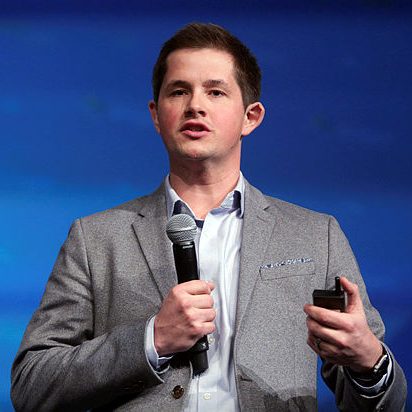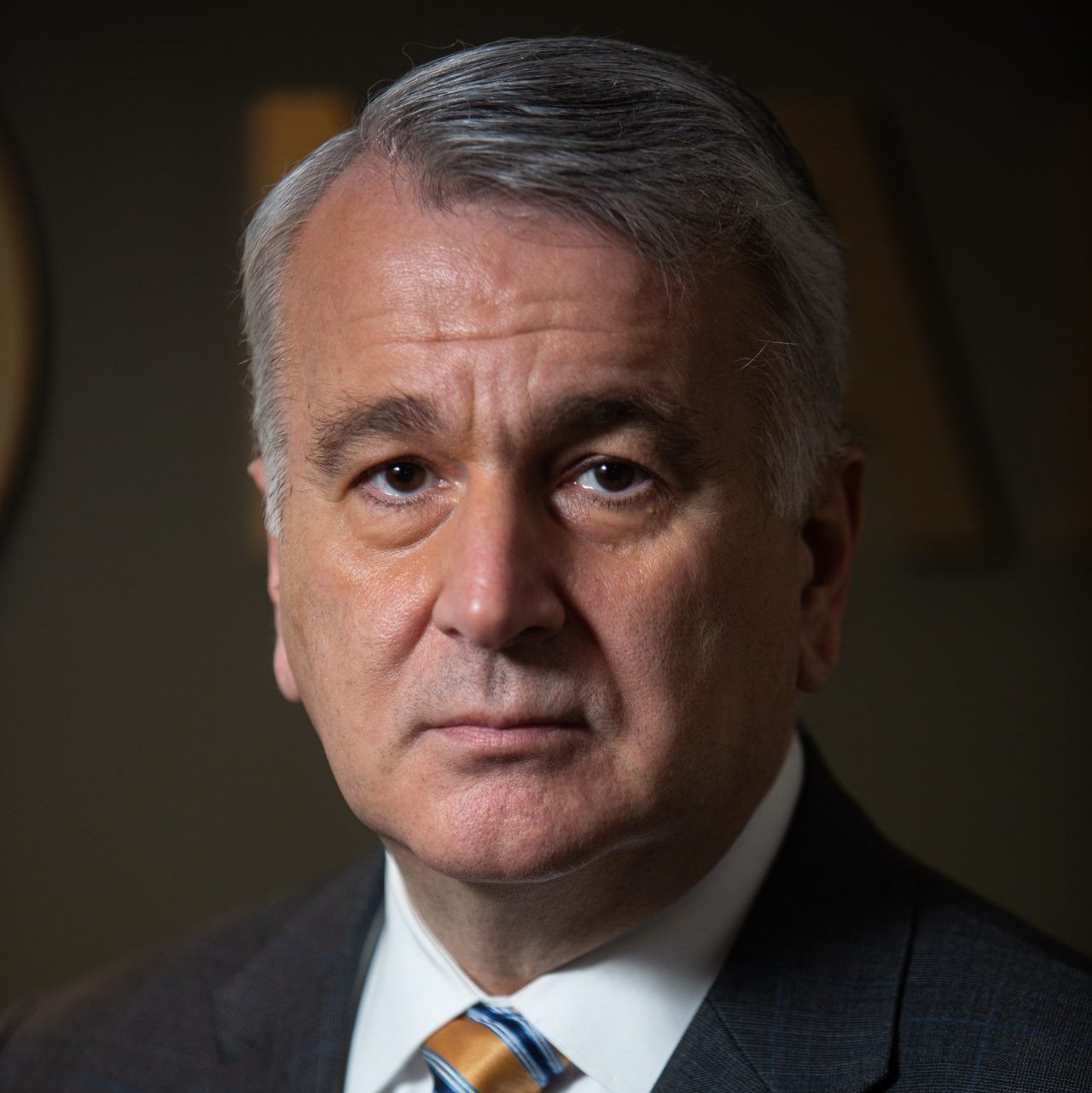‘Everybody loves a comeback’: Pollsters say Conservative Leader Poilievre needs to keep his focus forward, show what he’s learned

Before advanced polls opened in the Battle River–Crowfoot, Alta., byelection last weekend, Conservative Leader Pierre Poilievre was already setting the stage ahead of his likely victory and return to Parliament. But to regain ground lost to the Liberals since the last election, pollsters say Poilievre will need to show what he’s learned and how he’ll be different to rebuild his brand and demonstrate to voters he is “prime minister material.”
Abacus Data CEO David Coletto said that while Poilievre is on track to win the upcoming byelection with ease—despite a projected 10-point drop in local support since the last election, now being split by more than 200 independent candidates—if and when he returns to Parliament, he will face a much more difficult task as opposition leader.
Voters will return to the polls in the rural Alberta riding on Aug. 18 to cast their votes in a race widely expected to result in a Poilievre win after his surprising defeat in his formerly held riding of Carleton, Ont., in this year’s general election when he was unseated by Liberal Bruce Fanjoy by a vote margin of almost 5.3 percentage points.
Now-former Conservative MP Damien Kurek was re-elected in Battle River–Crowfoot on April 28 with more than 80 per cent of the vote, but volunteered to resign his seat to allow Poilievre to try and claim it to return to Parliament. Advance voting for the byelection took place Aug. 8-11.
According to projections by 338Canada, Poilievre is expected to win with more than 70 per cent of the vote, with the majority of the difference attributable to a projected 11-percentage-point increase in the independent vote, split between the more than 200 candidates running for the seat. The majority of those candidates are associated with the Longest Ballot Committee, a protest group calling for electoral reform. The group was also active in Poilievre’s last race in Carleton, which saw 91 total candidates on the ballot, as well as the fall 2024 byelections in Toronto–St. Paul’s, Ont., and LaSalle–Émard–Verdun, Que., which both saw similarly lengthy candidate lists.
In response to the record number of candidates in the upcoming byelection, Elections Canada has modified the ballot, requiring voters to fill out a blank space with the name of their chosen candidate rather than mark an “X” beside a name on a list.
“The Conservatives are up against a Liberal government and prime minister with approval ratings we haven’t seen since 2015,” said Coletto. “They have broad appeal, and even among people who didn’t vote Liberal in the last election, voters generally support many of the things the government is saying and doing, so that will make opposition hard to do.”

According to Abacus’ Aug. 10 survey results, half of Canadians hold a positive perception of the current Liberal government, and just under half (49 per cent) have a favourable view of Prime Minister Mark Carney (Nepean, Ont.), compared to just over a quarter of Canadians who have a negative view of either.
In contrast, slightly more Canadians have a negative view of Poilievre—38 per cent positive compared to 42 per cent negative, according to Abacus’ findings—with higher net negatives among women, Quebecers, and those over the age of 60.
Based on that polling, Abacus projected that, if an election were held today, 43 per cent of decided voters would vote Liberal, compared to 40 per cent for the Conservatives—a slight, two-point gain for the Liberals since the beginning of the month. The NDP also rose slightly to eight per cent, while the Bloc Québécois sits just below that at six-per-cent support.
Coletto said that whether the Liberals are still enjoying a post-election honeymoon, or if the broad appeal among voters represents a more lasting approval for the direction of the Liberal government, Poilievre and the Conservatives are smart to be looking further down the road for a political comeback than looking for immediate polling gains.
Coletto explained that, in the current political environment when Canadians feel they are in a “collective fight” against United States President Donald Trump’s tariff threats, the Liberals will continue to maintain an advantage. Where the Conservatives retain the advantage, however, are among those voters who are less concerned with Trump than they are with “day-to-day” economic issues, he said.
“Incumbents will always have a hard time making progress on those issues, and the Conservatives already have a significant advantage, which will only grow over time,” Coletto explained.
But while Coletto said he doesn’t believe the current byelection has had much impact on Poilievre’s brand, with most Canadians’ attention elsewhere for the summer, he’s also seen no evidence that Poilievre or his party believe anything needs to change in terms of strategy after the April general election loss.
“That tells me they believe their goal is to reinforce and solidify the voters who supported them in the last election, and hope the Liberals’ base will start to dissolve,” Coletto said. “The Conservatives may not believe they can grow their base beyond that 41 per cent, and when I look at the data and the political environment that we’re in, I’m skeptical that they can with Poilievre as leader.”
Coletto pointed to a recent survey asking what Canadians want in a prime minister, and which of the two main party leaders most exemplify those traits.
Of the traits identified, Abacus found nine “must haves” from respondents across party lines, including someone who puts the country’s interests ahead of political gain (74 per cent), understands the challenges faced by ordinary Canadians (72 per cent), has a clear strategy and plan (71 per cent), open and transparent communication about their goals (68 per cent), prioritizes evidence-based decision-making over ideological rigidity (67 per cent), calm and steady during uncertain times (65 per cent), provides thoughtful answers (63 per cent), willingness to change one’s mind (59 per cent), and avoidance of unnecessary conflict (56 per cent.)
Across those nine qualities, Coletto found that more Canadians believe Carney embodies those traits than Poilievre, with “substantial and consistent” gaps across the board.
For example, 69 per cent of respondents identified Carney as “calm and steady during uncertain times,” compared to 45 per cent for Poilievre, with Carney also leading on “avoiding unnecessary conflict” and “providing thoughtful answers and communicating effectively” by double digits.
While Poilievre scores highly across the board with Conservative voters, among all Canadians there is a double-digit gap between their expectations for a prime minister and their perception of Poilievre. The most significant deficit appears between the 78 per cent of Conservative voters who say Poilievre puts the country’s interests ahead of political gain, compared to 48 per cent among all voters—a 26-point gap that’s seven points larger than Carney’s on the same subject.

Nik Nanos, founder and chief data scientist for Nanos Research, agreed that he doesn’t see much room for improvement on the Conservatives’ April 28 results, and that the party’s focus should be on recalibrating Poilievre’s brand while chipping away at Carney’s.
As of Aug. 8, Nanos Research’s weekly polling tracker projected the Liberals with 44.8 per cent of the vote, compared to the Conservatives at 31.9 per cent, the NDP at 11.5 per cent, followed by the Bloc at 6.1 per cent, and the Greens with 2.6 per cent.
“The big question that still needs to be answered is what Poilievre has learned and how he’s going to be different,” Nanos explained. “If he can come back to Parliament and demonstrate that he’s ready to move forward, then he could easily be back in the game.”
Ironically, however, while Nanos advised that Poilievre look forward rather than make excuses for his loss, he suggested the first step to doing so—if Poilievre should win in Battle River–Crowfoot race—could be by committing to return to Carleton.
“Poilievre needs to close the door on what happened last time and commit to retaking his old riding, or else he will always just be a parachute candidate,” Nanos explained. “Nobody likes a whiner or to hear excuses, but everybody likes a comeback.”
Until then, Nanos said Poilievre’s recently pitched Canadian Sovereignty Act, which proposes concrete action the Conservatives want the Liberals to take and mirrors much of the party’s recent election platform, like repealing bills C-69 and C-48 and the industrial carbon tax, and setting a one-year timeline for results on specific nation-building projects, will be effective in holding the Liberals to account ahead of the next election.
Nanos said that focusing on whether the Liberals are delivering results and how their plans are being implemented will be far more effective for the Conservatives than complaining that Carney is stealing their ideas.
Coletto agreed that beginning to “plant seeds” to undermine the Liberals’ agenda in the future is the Conservatives’ best path forward, rather than attempting to obstruct or complain about stolen talking points—but that doesn’t mean there isn’t room for differentiation.
“If the Liberals are going to squeeze out some of your most effective wedge issues to neutralize those attacks, you’re going to have to differentiate on perceived performance and competence,” Coletto said, explaining that while the Liberals’ early progress report from voters remains positive, “the final report card is what matters.”
“Ultimately, it’s going to come back to whether people are feeling that Canada has moved in the right direction and their lives are improving,” Coletto said. “If the answer is ‘yes,’ then the Liberals will most likely win again, but if the answer is ‘no,’ that’s the opportunity for the Conservatives.”
As of publication, 338Canada’s federal polling aggregation projected the Liberals with an average of 45 per cent support, with the Conservatives trailing at 38 per cent, followed by the NDP at eight per cent, the Bloc at six per cent, and the Greens at one per cent.
sbenson@hilltimes.com
The Hill Times






 LICENSING
LICENSING PODCAST
PODCAST ALERTS
ALERTS













